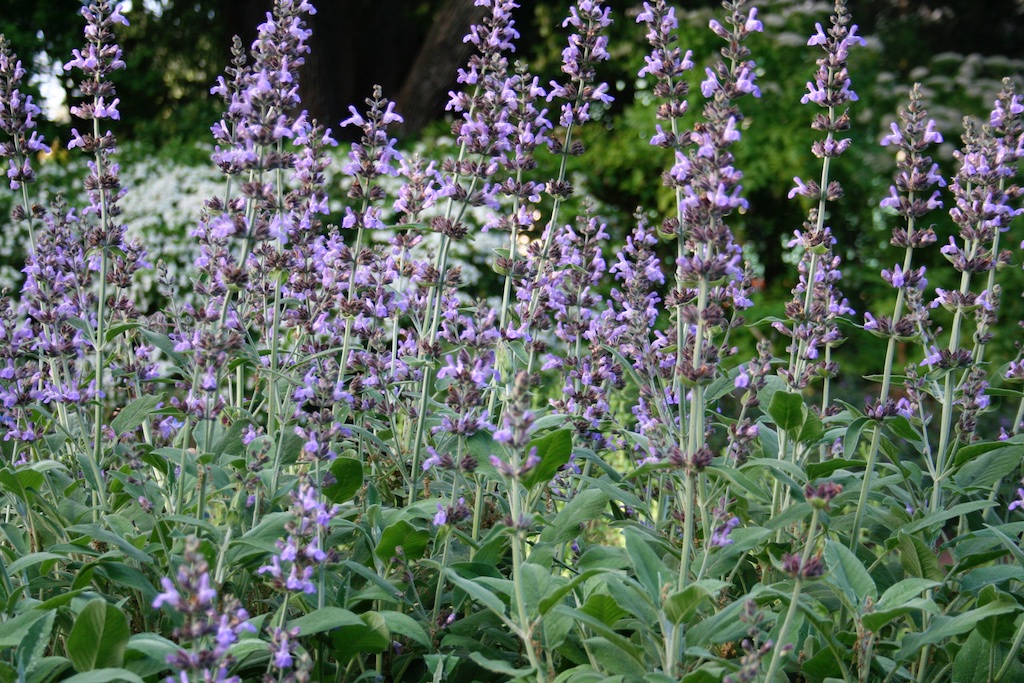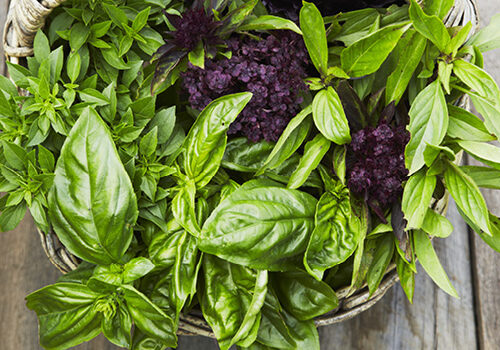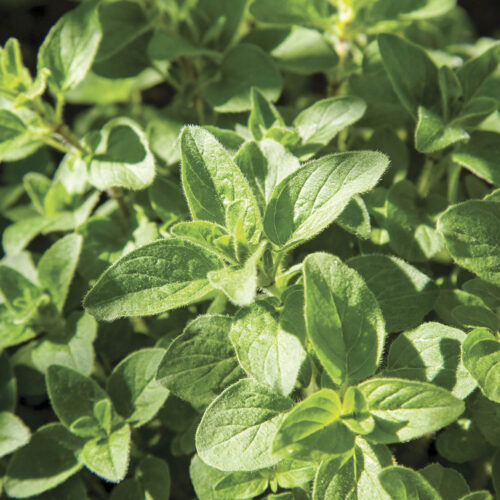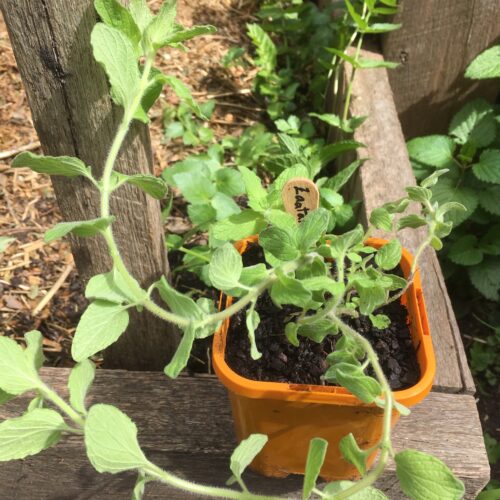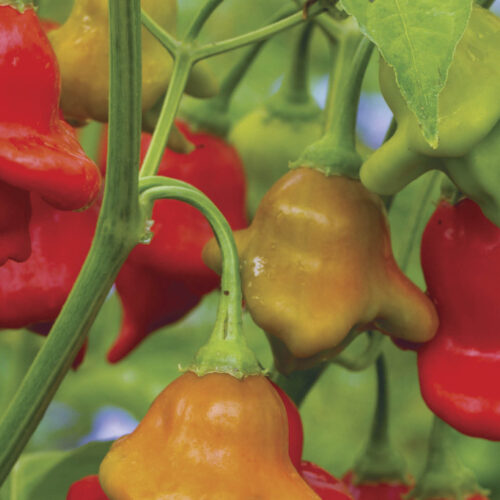Savoury sage
2017-01-08T04:37:28+11:00
Sage advice: used in medicine and cooking, it's well worth growing in your garden, writes Penny Woodward.
The sages in my garden are such a wonderful addition. They tolerate dryness and heat with aplomb, flower prolifically and provide food for beneficial insects such as bees and a whole range of nectar and seed-eating birds.
Common sage (Salvia officinalis) is a native of the northern areas of the Mediterranean, but it has been cultivated for centuries for culinary and medicinal purposes in Europe and other countries with temperate climates.
It was formerly regarded as one of the most precious herbs, and rue was often planted nearby to protect it from evil. Much of this reputation was based on its health-giving properties rather than its use with food.
The name salvia comes from ‘salvare’, to save, and it was believed to give long life to those who used it. An old proverb from the Middle Ages said: “He that would live for aye, Must eat sage in May”. In total there are some 1000 sages in the world, but only a handful of these have medicinal or culinary uses.
Planting
Sage is a perennial that grows to about 50 cm. It has pebbled grey-green leaves that become more grey as they age, 5–8cm long with short stalks that grow from woody stems. Sage flowers grow in spikes and have papery calyces, and range in colour from pale to dark blue/purple, pink and white. There are also cultivars with green-and-yellow leaves and another with burgundy, grey-green and pale-yellow leaves. These cultivars though often don’t flower.
Sage can be grown from cuttings, and those forms that produce flowers can usually be grown from seed. Although perennial, sages often become too woody in three or four years and such bushes can be split up in spring or autumn, or earthed up during winter, causing individual branches to layer and root, ready for cutting and planting in spring. Sage likes a soil that is rich but well drained, and a sunny sheltered position. It will withstand some frost but does not like cold winds or wet roots.
Uses
Sage is traditionally used as an ingredient of sausages and in stuffings, as well as with rich foods like goose, pork and eel, because of its ability to aid digestion. It can also be combined with cheese as an omelette filling, or in savoury tarts of leek and eggs, and added to the cooking water of vegetables such as spinach, peas and tomatoes. Chopped finely it can be added to cottage cheese and herb butters. Currently my favourite way to eat it is dry fried and then crumbled over a dish, or place two fresh sage leaves in the pan and break an egg over the top. Eggs fried in this way infuse the flavour of the sage.
Sage tea, made by steeping a sprig of sage in just-boiled water is an excellent tonic. You can improve the flavour by adding lemon and honey. It is also drunk to alleviate sore throats and the other symptoms of a cold. If you rub a sage leaf over your teeth it will help to whiten them, a good tip to remember if you’ve forgotten your toothbrush. A handful of sage leaves added to the bath will help to reduce stress and relieve pre-menstrual symptoms, or infuse it in oil to make a topical massage oil that can be used to improve peripheral circulation and reduce fluid retention.
For more naturally great organic ideas for growing a healthy harvest, subscribe to the magazine! It’s full of organic goodness!

